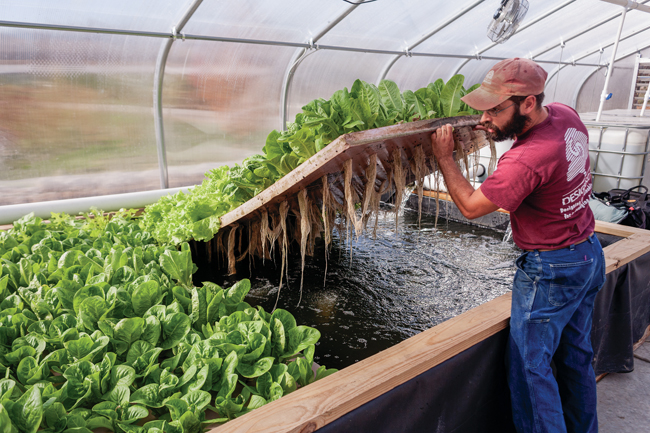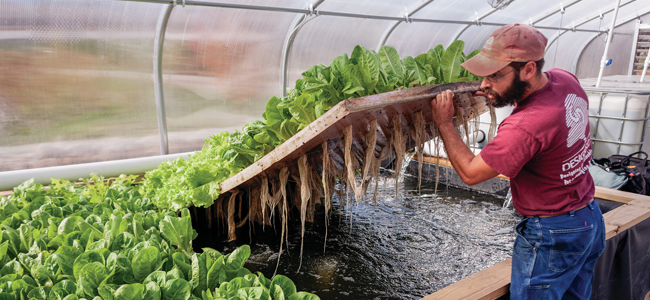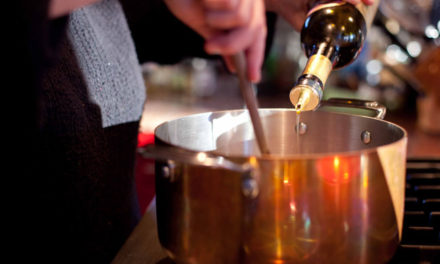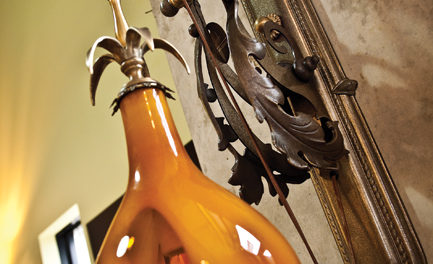
BY MOYA ANDREWS
It may be frigid outdoors, but vegetables growing in a greenhouse owned by Designscape Horticultural Services are still turning up in area restaurants. The method used to grow them is aquaponics, which project director Gabriel Gluesenkamp explains is a combination of hydroponics (growing plants in water) and aquaculture (the farming of fish under controlled conditions).
In a symbiotic relationship, the fish — in this case Nile tilapia — provide the fertilizer for the plant roots, and the plants serve as a natural filter for the fish waste. This integrated system “fits our company’s long-term vision of designing sustainable growth for a changing environment,” Gluesenkamp says of the family-owned business in western Brown County.
The fish live in 250-gallon tanks and are fed food pellets twice a day. When they reach market size — one-and-a-half to two pounds — they are replaced by small fish, called fingerlings. Water containing the fish nutrients is continuously available to the plants. Depending on the type of plant, three different systems supply the nutrient-rich water. Leafy plants, such as Simpson Elite and Oaky Red Splash loose-leaf lettuce, are set in holes in sheets of insulated foam suspended over the water. Fruiting plants with bigger roots, such as tomatoes, grow in a horizontal pipe with openings so the water flows across the bottom of the roots. Root cubes containing plants already started from seed are placed in a bed of growing medium (in this case one made of crushed brick chips) and periodically flooded with nutrient-rich water.
Beyond the greenhouse are a pond, which provides water, and a nearby boiler, which uses wood grown on the property to heat it. The water is then transported by insulated pipes that go under the floor of the greenhouse to produce radiant heat, allowing the tanks to remain at a constant temperature.
All containers and materials used in this process are certified food grade, and grow lights are suspended above the plants to supplement the natural light during gray, Indiana winter days.
Unlike produce trucked into grocery stores from distant farms in winter, Designscape’s vegetables can reach local restaurants 15 minutes after harvesting. “Knowing where your food comes from and exactly what is in it is becoming quite difficult,” says Gluesenkamp, who points out that with aquaponics, its origin is “literally transparent.”











